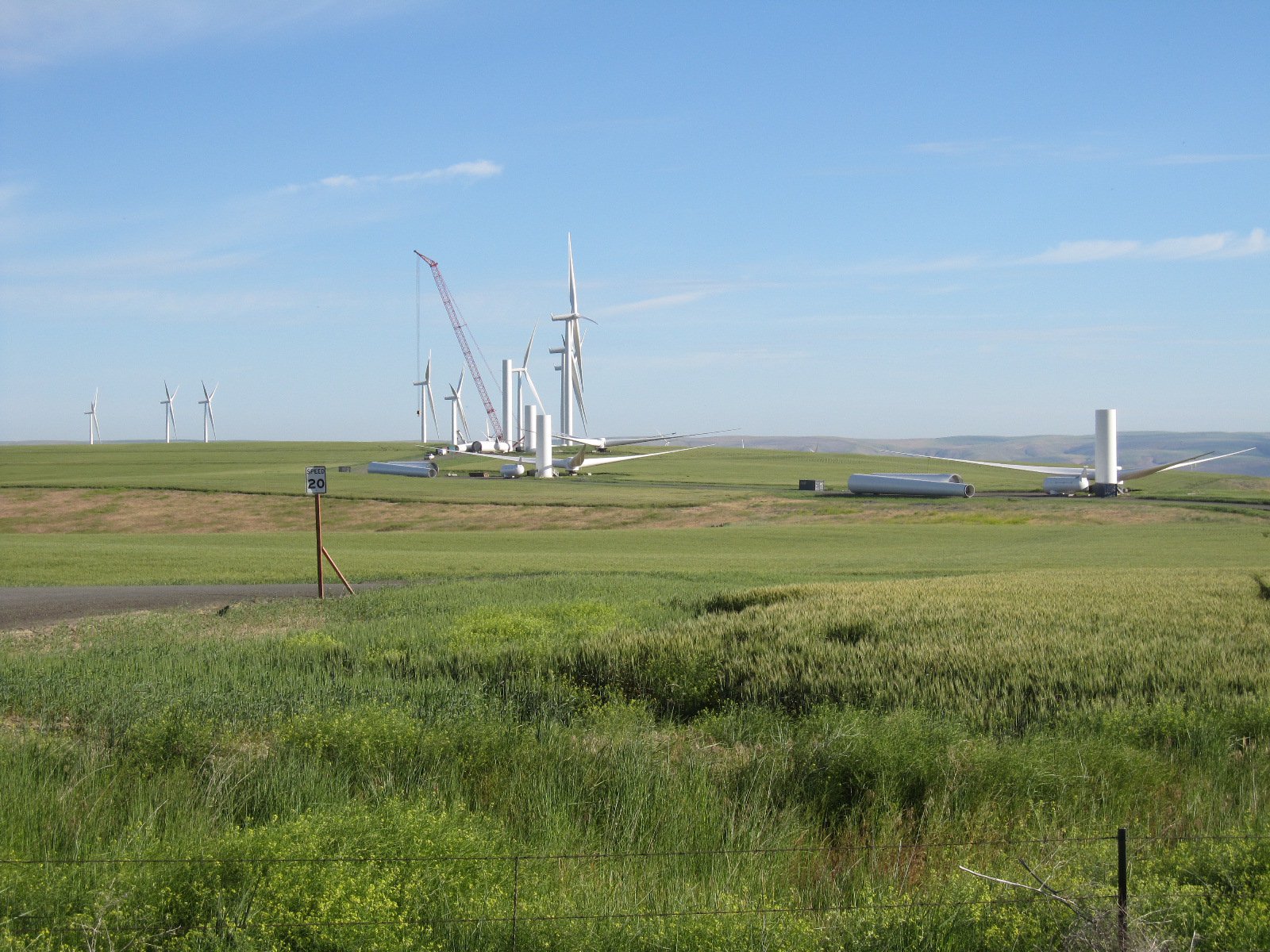Gas, Wind, Solar Will Be Modeled for Seventh Power Plan
- March 16, 2015
- John Harrison

Natural gas, wind, and solar power plants are the most significant forms of energy generation that, in combination with improvements in energy efficiency and demand response, will be included in modeling as the Council develops the portfolio of resources to meet future demand for power in the Seventh Northwest Power Plan, the Council decided this month.
The consideration of new demand response resources that are cost-effective and/or are available for use during periods of peak power system stress, is essential for a comprehensive approach to maintaining system reliability. New demand response resources will be evaluated similarly to new generating resources in terms of the cost required to develop a portfolio with the capability to dispatch a resource to reduce system stress at peak periods.
In order to find the best generating plants for the regional power system in the future, the Council evaluates a wide range of possible resources. Each resource is considered in terms of 1) its cost, including capital and fixed operating costs, and fuel and other variable operating costs; 2) the time required to put it into service; 3) the size of a typical generating unit; 4) generating (fuel use) efficiency; 5) emissions; 6) expected trends for that technology; 7) contributions to capacity, energy, and flexibility (the degree to which a resource can be shaped to help meet loads on an hourly basis, and its suitability to provide within‐hour reserves); 8) access to transmission; and 9) uncertainty levels of cost and technology.
The availability of a resource in the near term – three to five years – is a key requirement for inclusion in the Council’s resource portfolio modeling. The Council also analyzes currently available technologies that may play a role but have issues such as high cost or limited availability within the region, and technologies that are presently immature but hold some promise for the long term. These resources still play an important part of the analysis and should not be ruled out as potential resource alternatives. As such, these resources will be analyzed and described in the narrative of the power plan.
Key to these evaluations are the resource characteristics that will inform the Council’s resource portfolio modeling. In preparation for resource modeling for the Seventh Power Plan, this month the Council approved resource characteristics developed by the power planning staff in coordination with the Council’s Power Committee and the Generating Resources Advisory Committee. These characteristics will function as inputs to the modeling analysis.
The generating resources selected for modeling and inclusion in the next power plan, and described in a report to the Council, include natural gas combined-cycle and single-cycle combustion turbines, reciprocating engines (for peaking needs), and utility-scale solar photovoltaic and land-based (as opposed to offshore) wind-power systems.



